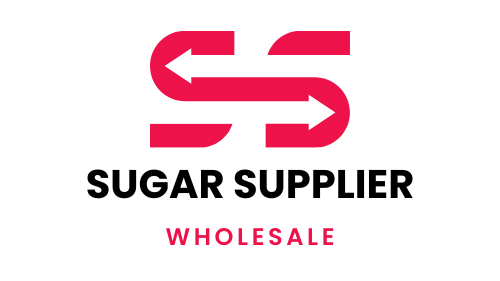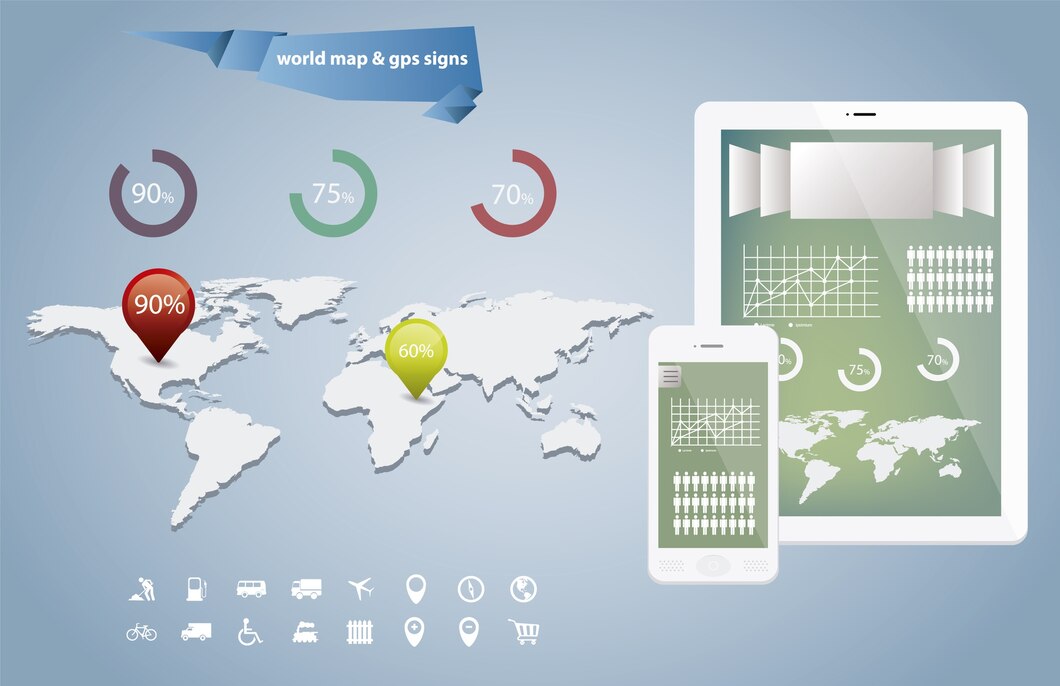Global sugar trade relies on efficient logistics to transport of good vast quantity around the world. Where the main essential and commodity is a trade between the producers and consumers. However, this intricate supply chain is not without its challenges. We will explore the logistical hurdles faced by the sugar trade and examine innovative solutions to overcome them. It is ultimately ensuring the seamless flow of sugar across borders.
Logistical Challenges
The sugar trade faces a myriad of logistical challenges, stemming from the sheer volume of sugar produced and consumed globally. Transportation constraints, including limited infrastructure and congestion at ports, can lead to delays and disruptions in the supply chain. Moreover, varying regulations and customs procedures across countries add complexity to cross-border trade, further complicating logistics operations. Additionally, fluctuations in demand and supply require agile logistical systems capable of adapting to changing market dynamics.
Technological Solutions
To address the logistical challenges inherent in the sugar trade, industry stakeholders are increasingly turning to technology-driven solutions. Advanced tracking and monitoring systems, powered by IoT (Internet of Things) devices and GPS technology. It enable real-time visibility into the movement of sugar shipments, allowing for proactive management of logistics operations. Blockchain technology holds promise in enhancing transparency. It has a traceability function across the supply chain, reducing the risk of fraud, and improving trust among trading partners. Furthermore, predictive analytics and AI (Artificial Intelligence) algorithms help optimize route planning and inventory management, minimizing costs and maximizing efficiency. Learn about the environmental impact of global sugar production in our blog post on the environmental impact of global sugar production.
Cost Optimization
Cost optimization is a critical aspect of sugar trade logistics, as inefficiencies in the supply chain can lead to increased expenses and reduced profitability. One approach to cost optimization is through consolidation and collaboration among stakeholders, such as sugar producers, exporters, and shipping companies, to achieve economies of scale and streamline operations. Additionally, investing in infrastructure upgrades and modernization initiatives, such as port expansion and rail network improvements, can enhance capacity and reduce transit times, ultimately lowering logistics costs. Moreover, implementing sustainable practices, such as fuel-efficient transportation and packaging optimization, not only reduces environmental impact but also contributes to long-term cost savings.
Summary
Navigating the complexities of sugar trade logistics requires a combination of innovative technologies, collaborative efforts, and strategic cost optimization measures. By addressing logistical challenges head-on and embracing solutions that enhance efficiency and transparency, the sugar industry can ensure the reliable and timely delivery of sugar products to consumers worldwide. Explore the role of ICUMSA 45 in the international sugar market in our blog post on the role of ICUMSA 45 in the international sugar market. As the industry continues to evolve, ongoing investment in logistics infrastructure and technology will be essential to meeting the growing demand for sugar sustainably and cost-effectively.

